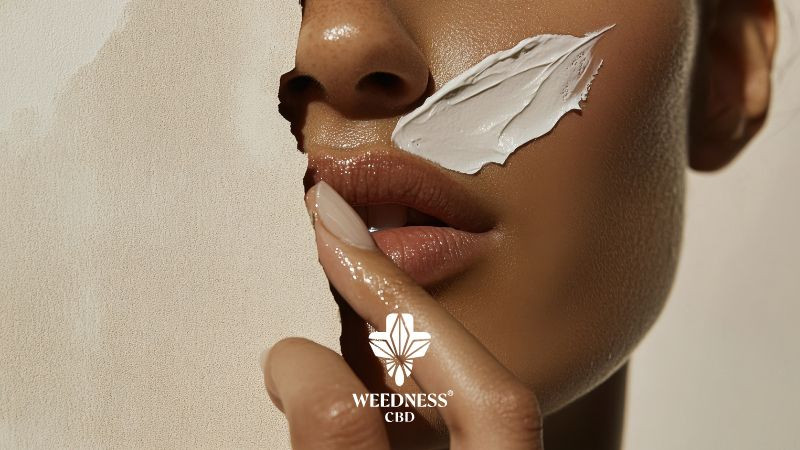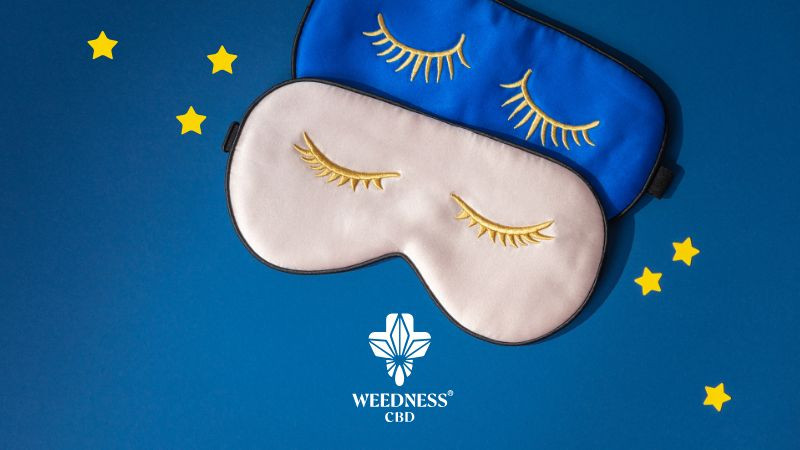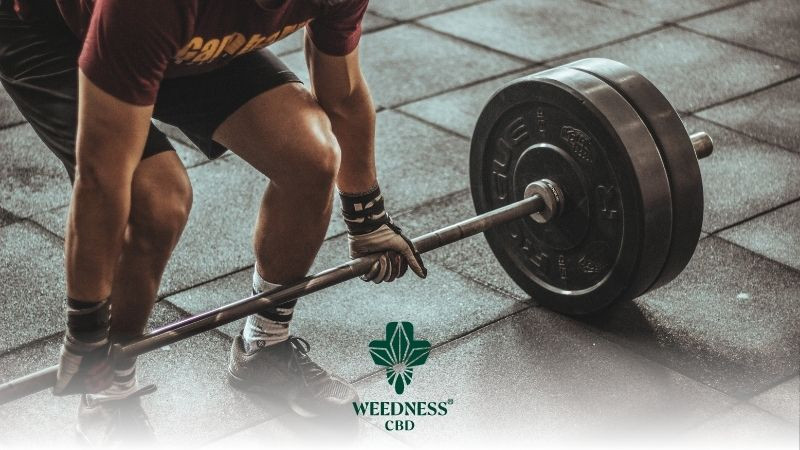How long does CBD stay in your Hair Follicles?
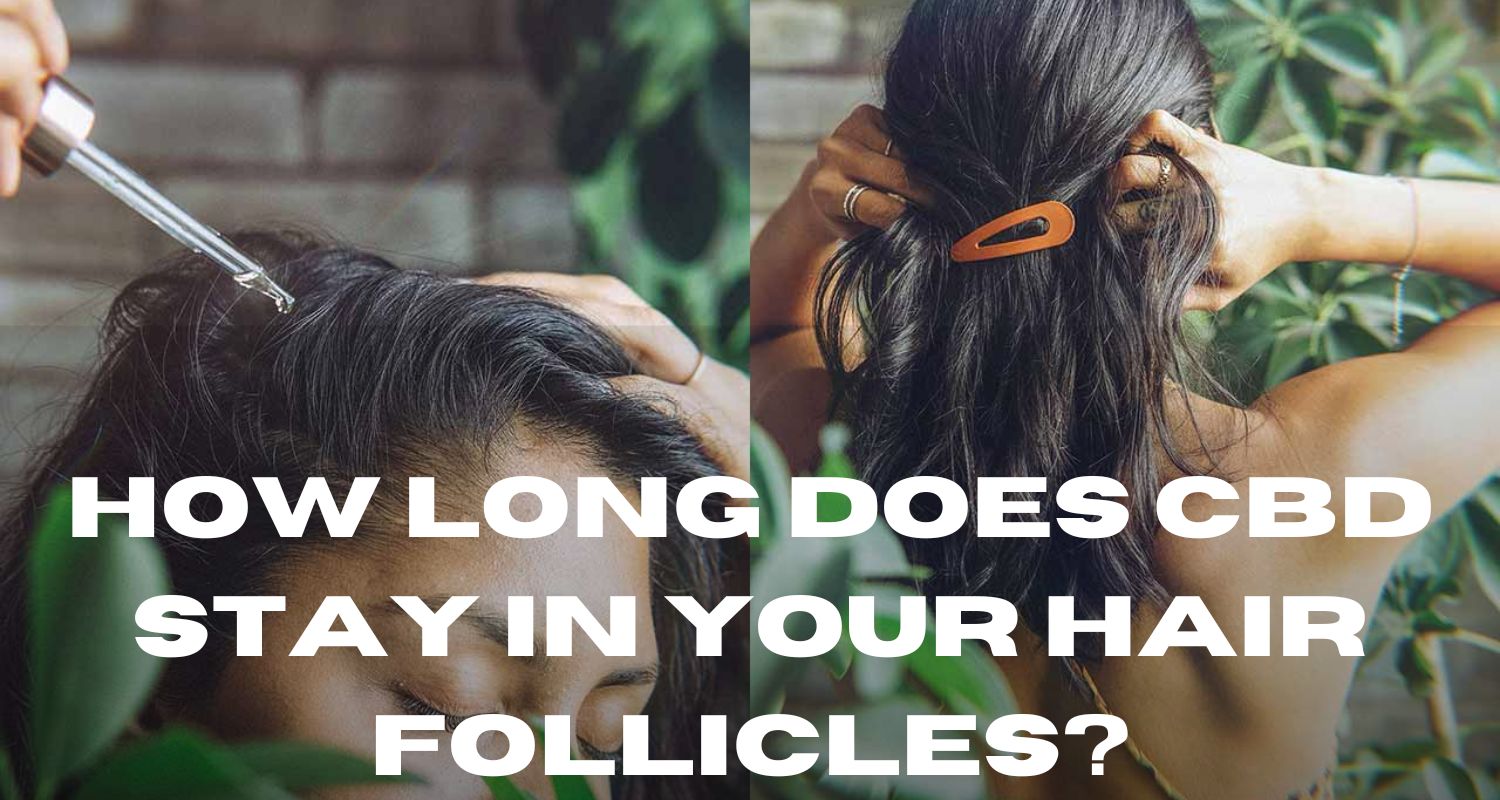
CBD is widely used for its potential health benefits, but understanding how long it stays in your system is essential, especially if you undergo drug testing. Here's what you need to know about CBD in hair follicles.
CBD can stay in your hair follicles for up to 90 days. Compared to other testing methods, hair follicle tests can detect CBD and other substances for a prolonged period. The detection window for hair follicle tests is longer because hair growth captures substances over extended periods, providing a comprehensive timeline of substance use.
Learn more about how CBD interacts with your body, factors influencing detection times, and tips for managing CBD use.
How does CBD get into the hair?
CBD gets into the hair through the bloodstream. When ingested or applied topically, CBD enters the bloodstream and travels throughout the body. As blood circulates, cannabinoids like CBD can be deposited into various tissues, including hair follicles. Hair growth plays a role in capturing and storing traces of substances, including cannabinoids, because as hair grows, it incorporates substances from the blood into its structure. This is why hair samples can sometimes reveal traces of CBD or other compounds.
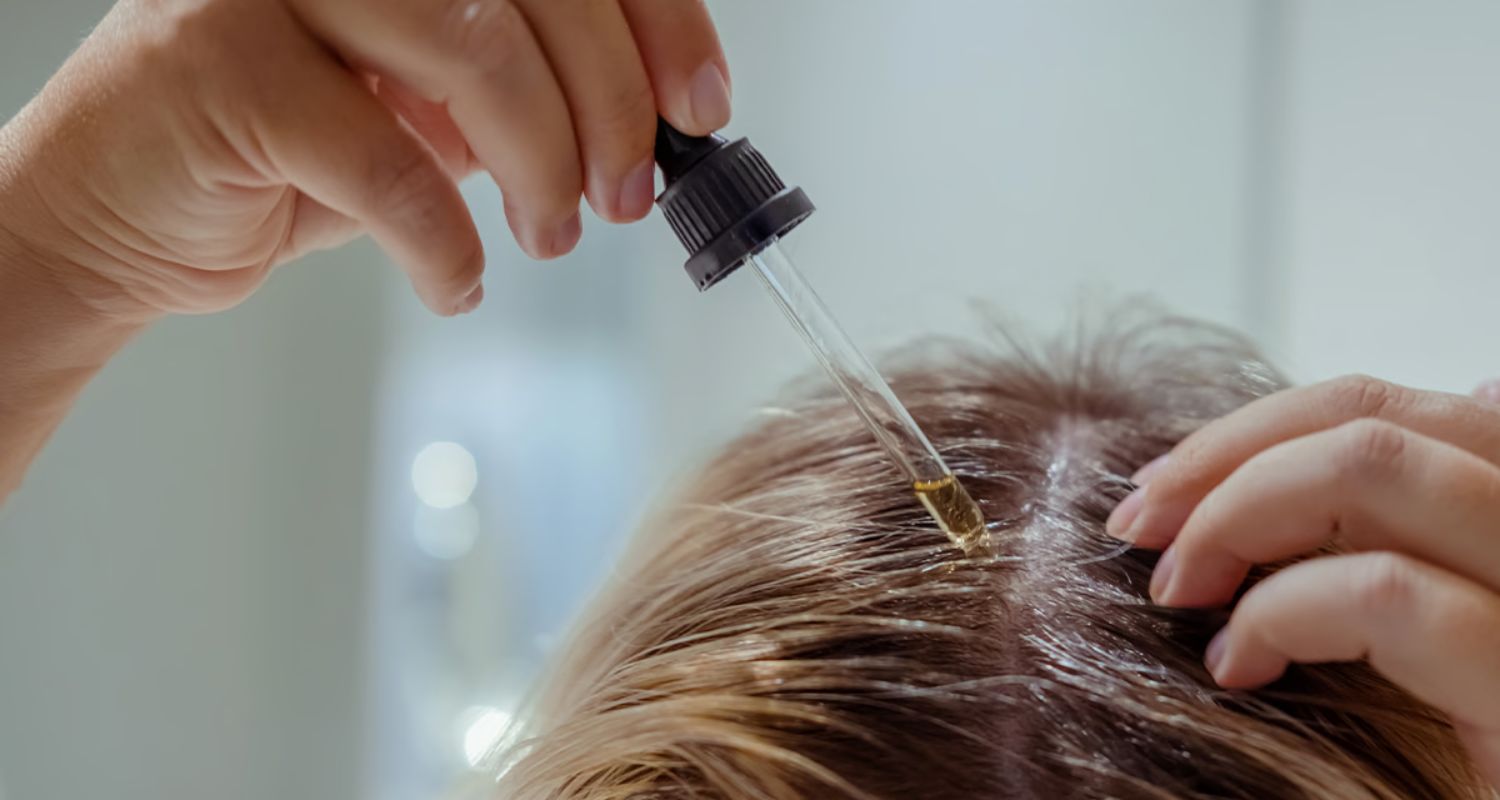
For example, if a person regularly uses CBD oil, traces of it can eventually be found in their hair as it grows.
How long does CBD stay detectable in your hair?
CBD can generally be detected in hair follicles for several months. Hair grows about half an inch per month, so substances like CBD can be traced in hair for several months, depending on hair length. The exact detection time can vary based on dosage, frequency of use, and individual metabolism. For example, someone using CBD daily might have detectable levels for a more extended period compared to someone using it occasionally. Hair tests can reveal CBD traces, but the duration can depend heavily on personal usage patterns and overall metabolism.
Detection of CBD in hair: the impact of consumption method
Different CBD consumption methods impact hair follicle concentrations differently. Oral consumption, like CBD oil or edibles, generally leads to higher systemic absorption, potentially resulting in more detectable traces in hair.
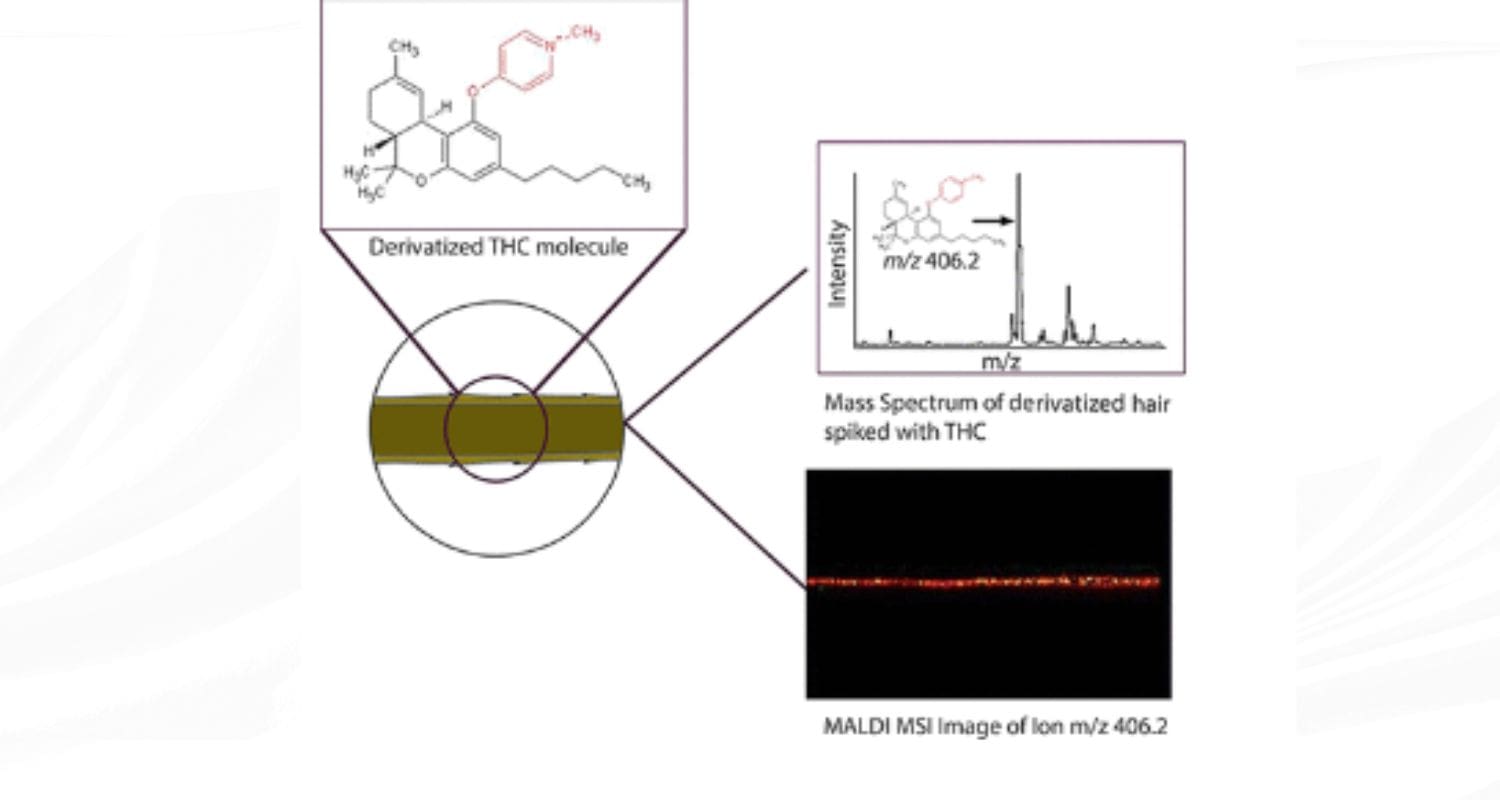
Topical applications, such as creams, have lower bioavailability and usually do not reach the bloodstream significantly so they may have less impact on hair follicle concentrations. Inhalation methods, like vaping, can have varied effects depending on usage frequency and dosage. Bioavailability, or the amount of CBD that reaches the bloodstream, influences how much it gets deposited in hair. High bioavailability methods like oral ingestion often lead to more detectable levels.
Passive exposure to CBD and traces in the hair
Detecting CBD in hair from secondhand exposure is possible but challenging. Passive exposure, such as being in the vicinity of someone using CBD products, can leave trace amounts in hair. However, distinguishing these traces from those resulting from active consumption is problematic. Passive exposure typically results in much lower concentrations, making it difficult to differentiate from incidental or environmental contamination. 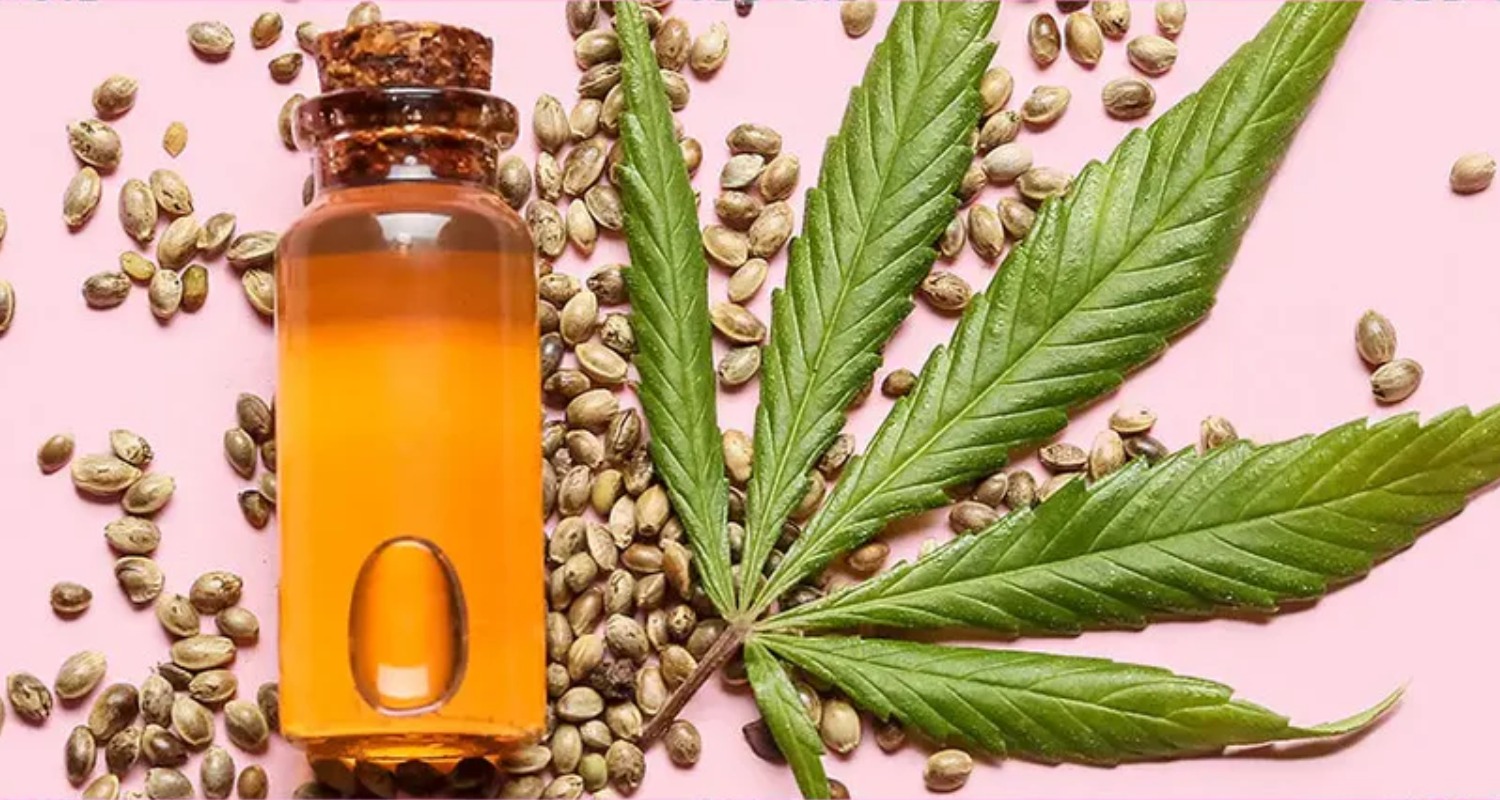
If you're concerned about the source of CBD traces, it's essential to consider both your use and any potential passive exposure. Regular and high levels of CBD are more likely to indicate active use rather than passive exposure.
The use of CBD hair products and the detection of the molecule in the hair
CBD-infused hair products can affect hair tests by depositing CBD molecules into your hair. However, CBD from topical products is usually much lower than you'd find from direct consumption. If you're undergoing a hair test, disclosing any use of CBD products is crucial to differentiate between topical exposure and systemic intake. Clear communication about your CBD use can help ensure accurate test results and prevent misinterpretation of the findings. Always choose reputable products and follow the recommended usage to minimize the potential impact on drug tests.
Factors Affecting CBD Detection Time
Several factors influence the detection time of CBD in your system:
-
Dosage and Frequency: How much CBD you consume and how often you use it can impact how long it remains detectable. Higher doses and frequent use typically lead to longer detection times.

CBD has a half-life, meaning it takes time for half of the substance to be eliminated from your body. This varies based on individual metabolism. -
Metabolism and Body Composition: Your metabolism and body composition significantly affect how quickly CBD is broken down and eliminated. People with faster metabolisms or different body fat percentages may process CBD differently. Liver enzymes, responsible for metabolizing cannabinoids, can also affect detection time.
-
Types of CBD Products: The type of CBD product used affects detection. CBD isolate contains only CBD, while broad-spectrum includes other cannabinoids but no THC, and full-spectrum contains CBD and THC. Full-spectrum CBD may lead to detectable THC levels, impacting detection times.
Always consider these factors when using CBD, especially if you're subject to drug testing or concerned about detection times.
CBD and Drug Testing
CBD and Drug testing have several factors. They are:
-
Standard Drug Testing Methods: Drug tests vary by type: urine tests are standard for detecting recent use, blood tests for more immediate detection, saliva tests for short-term use, and hair tests for long-term substance use. Hair tests can detect drug use over months, as substances are deposited into hair follicles as they grow.
-
CBD Detection in Hair Tests: Hair tests for CBD are not as straightforward as for THC. While CBD itself may be detected, tests are more accurate for THC and can result in false positives due to cross-reactivity with other cannabinoids. The accuracy of hair tests for CBD is limited and can vary based on testing methods and product purity.
-
Minimizing CBD Detection Risks: To reduce the risk of CBD detection in hair tests, consider using high-quality, THC-free CBD products. If you're concerned about drug testing, consult with a healthcare professional to tailor advice for your specific situation.
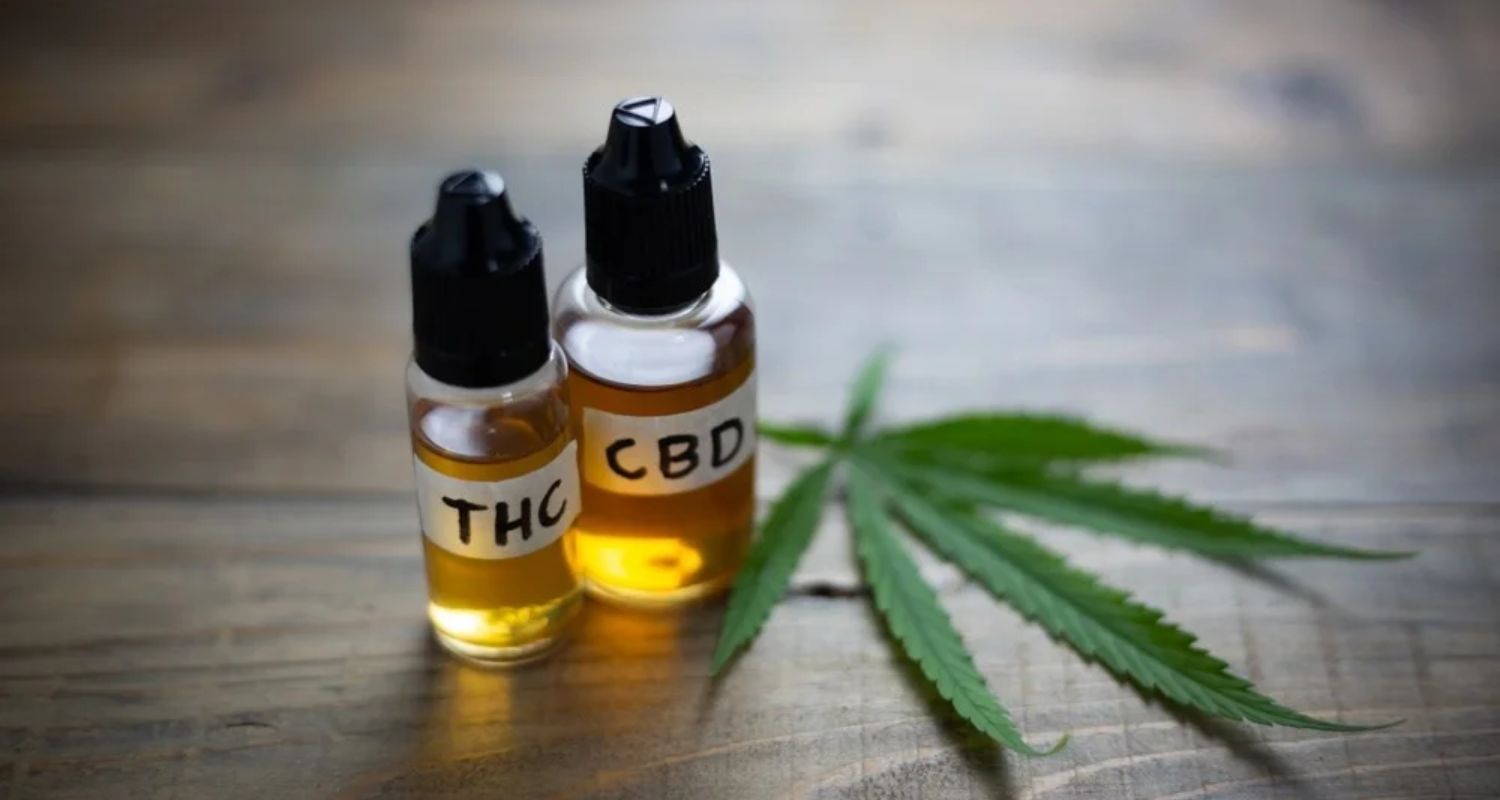
Always stay informed about the testing methods and how CBD can impact results.
FAQs
Does CBD show up in hair follicles?
CBD generally does not show up in hair follicle tests. Hair follicle tests are designed to detect THC, the psychoactive component of cannabis, rather than CBD. However, if CBD products contain trace amounts of THC, it is possible that these traces could be detected, but typically, CBD alone will not show up.
How much CBD does it take to fail a hair follicle test?
It's unlikely that CBD alone will cause you to fail a hair follicle test since these tests are primarily designed to detect THC. However, if the CBD product contains high levels of THC, it could lead to a positive result. The exact amount needed to fail depends on the THC concentration and individual metabolism.
How long does it take to flush out CBD?
CBD typically clears out of your system within a few days to a week, depending on factors like dosage, frequency of use, and metabolism. For regular users, it might take longer. Drinking water, exercising, and maintaining a healthy diet speed up the process.
Conclusion
Depending on usage and individual metabolism, CBD can remain detectable in hair follicles for up to 90 days. For consistent, high-quality CBD products, including those that are effective for health and wellness, consider WeednessCBD. Our products ensure you receive reliable and beneficial CBD solutions for your needs.
